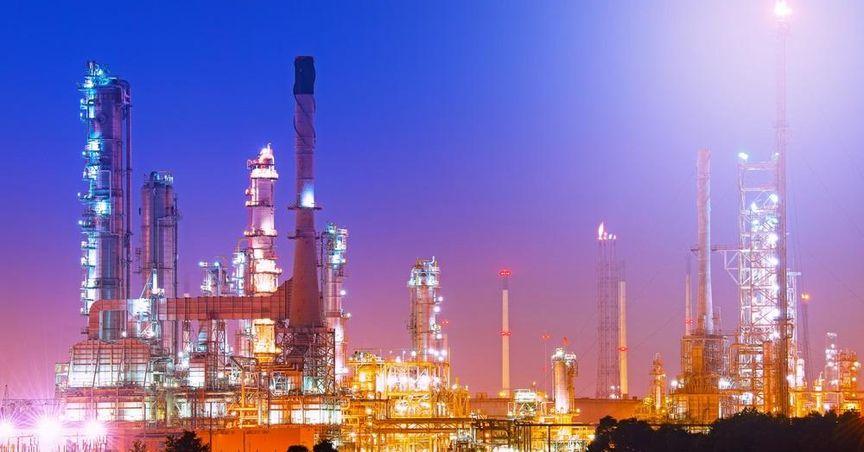Highlights:
Vermilion Energy has announced an increase in its dividend, aligning with industry averages.
Free cash flow covers the dividend, but earnings expectations raise concerns.
Dividend history shows volatility, with previous reductions impacting long-term consistency.
Vermilion Energy (TSX:VET), operating in the energy sector, has announced an increase in its dividend. The upcoming payment is set to be distributed in April, bringing the yield in line with the broader industry average. Regular dividend adjustments are common among companies in this sector, reflecting market conditions and internal financial performance.
Dividend Coverage and Cash Flow Considerations
While the company is not reporting a profit, strong free cash flows currently support the dividend. Cash flow is a critical factor in dividend sustainability, often carrying more weight than traditional earnings measures. The ability to generate sufficient cash flow ensures the dividend remains funded, but expectations of declining earnings over the coming months could introduce challenges.
Dividend Stability Over Time
A company's ability to maintain consistent dividend payments over an extended period is often evaluated by examining historical trends. Vermilion Energy has distributed dividends for a considerable time; however, reductions have occurred within the last decade. A history of dividend adjustments that external and internal factors have influenced payout decisions, which may continue to play a role in future distributions.
Earnings Growth and Future Dividend Prospects
Earnings per share have shown an upward trend over the past several years, even though overall profitability has not yet been achieved. The trajectory of earnings growth is an essential component for dividend stability, as higher earnings typically contribute to increased cash availability for future distributions. The ability to sustain this growth could be a determining factor in maintaining the current dividend structure.
Market Outlook and Dividend Trends
Market conditions, operational performance, and financial management strategies all contribute to dividend decisions. While recent dividend increases align with cash flow levels, ongoing economic factors and company earnings trends will likely influence future payments. Monitoring financial updates and broader market movements remains important for understanding the sustainability of the current dividend structure.




